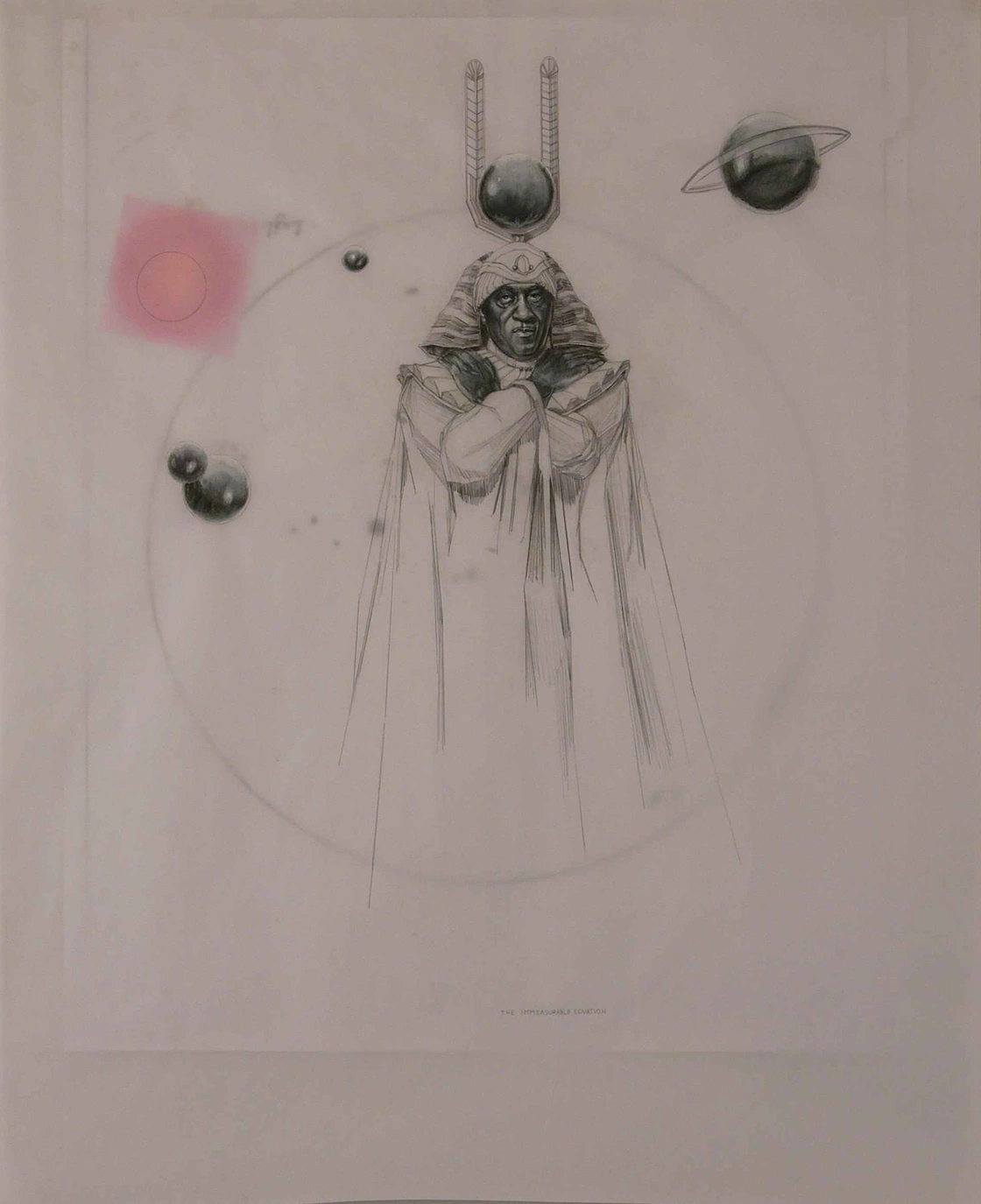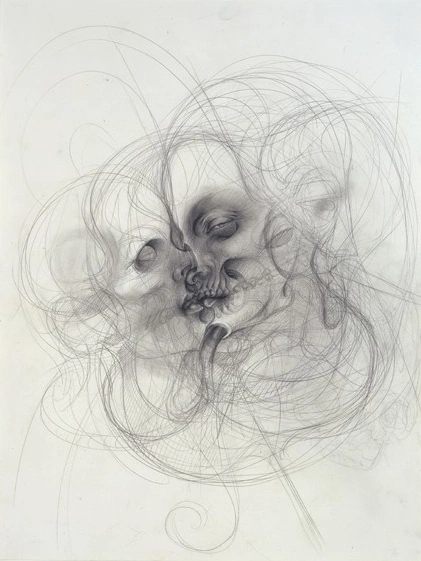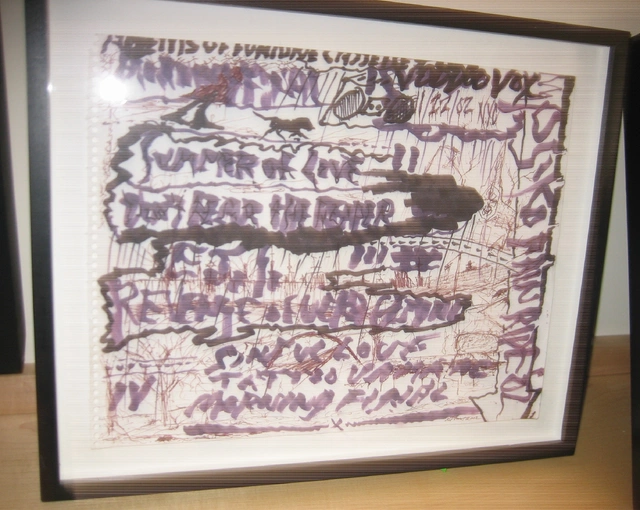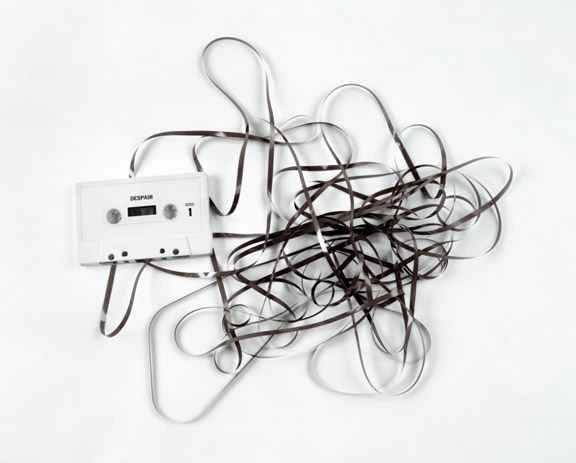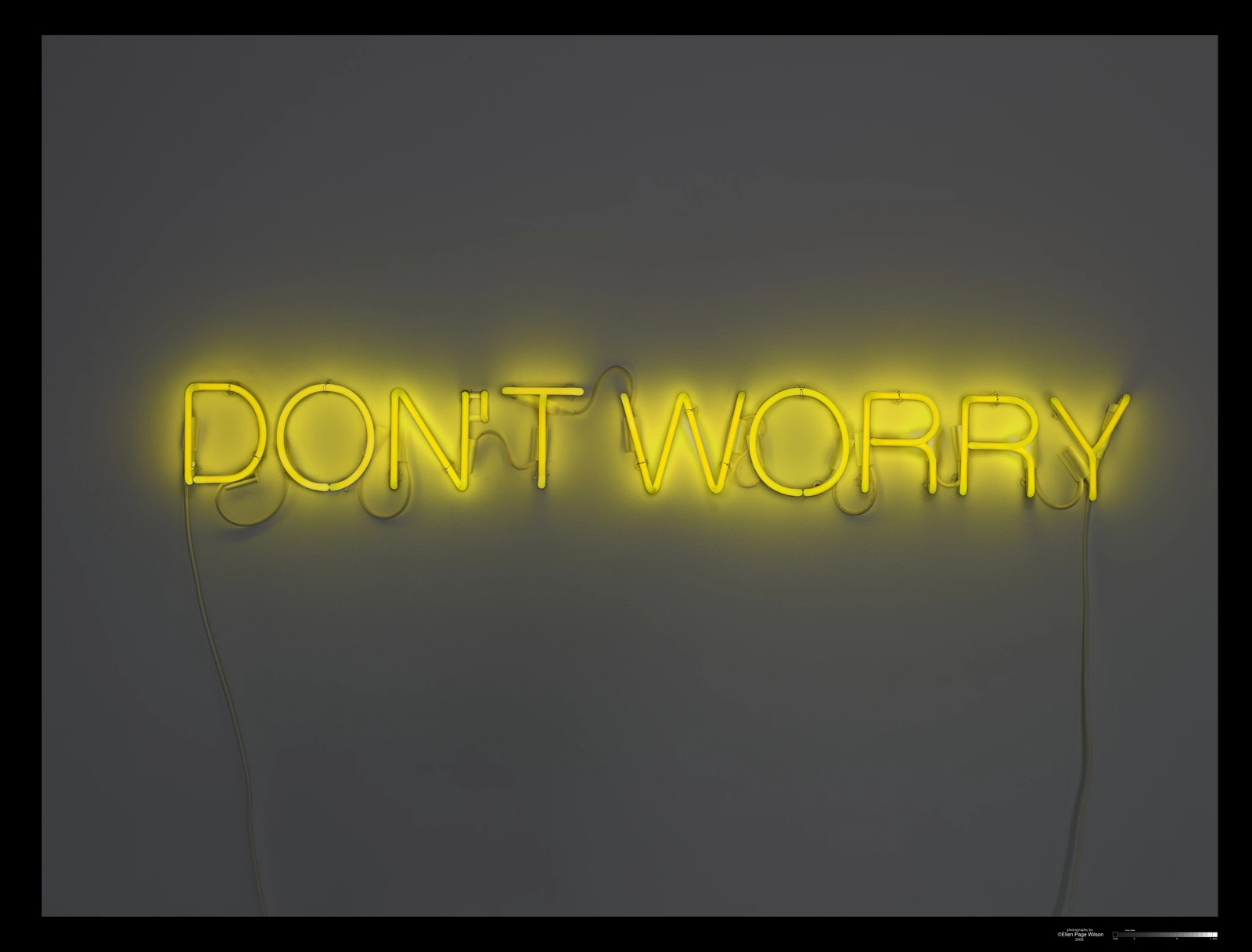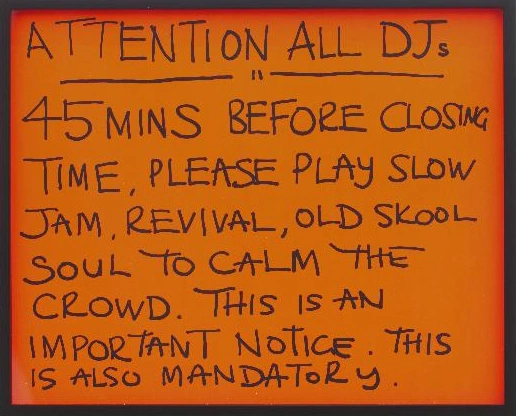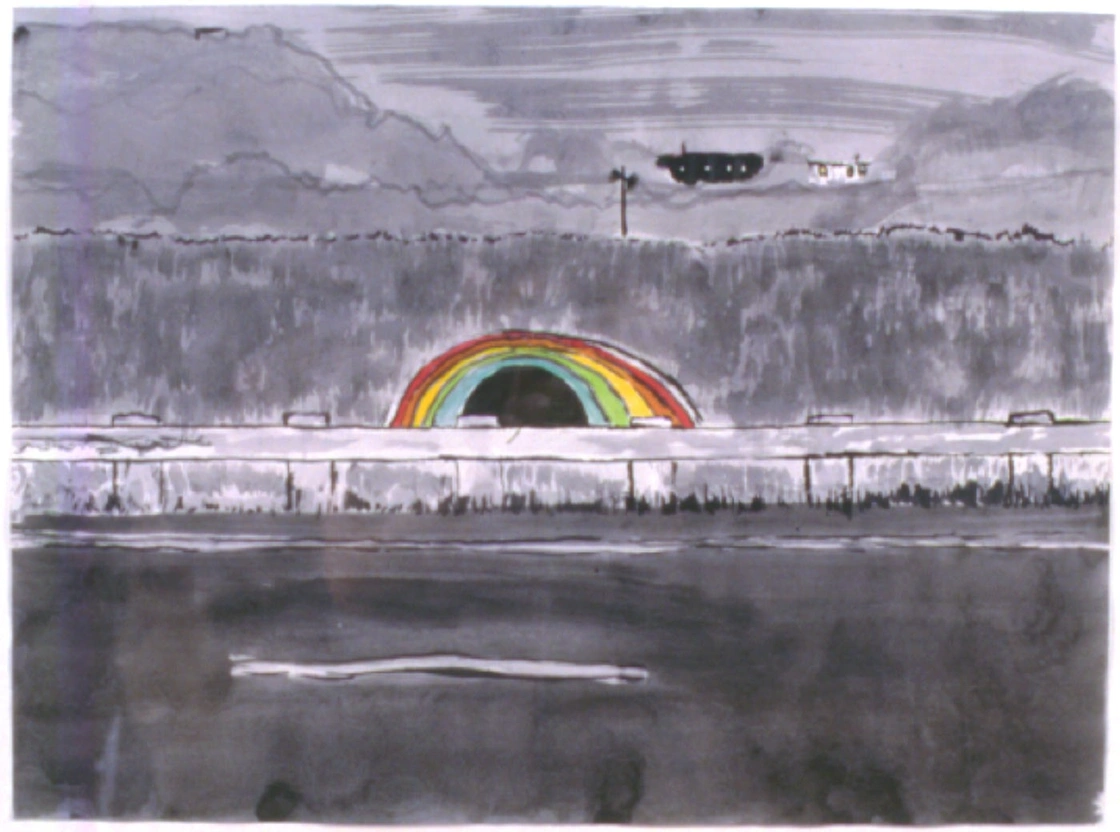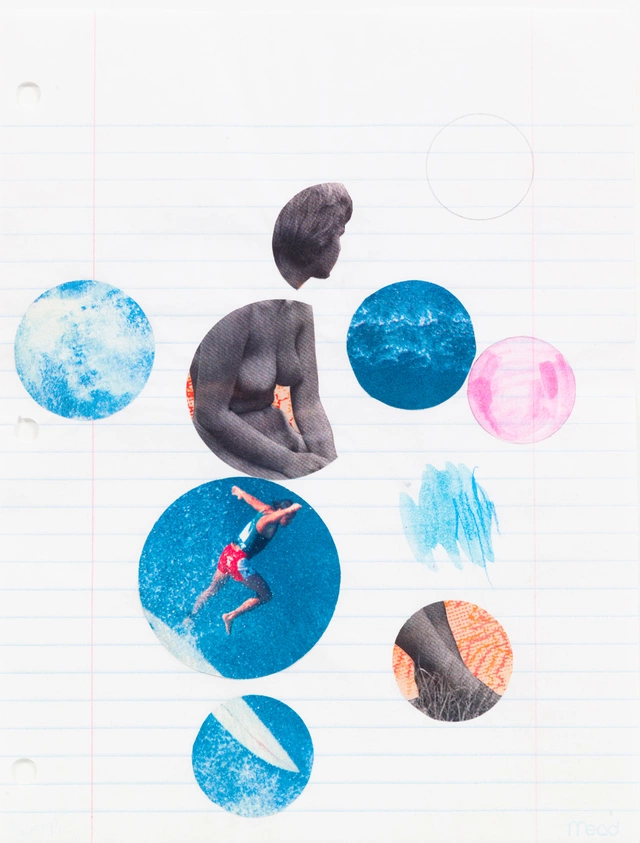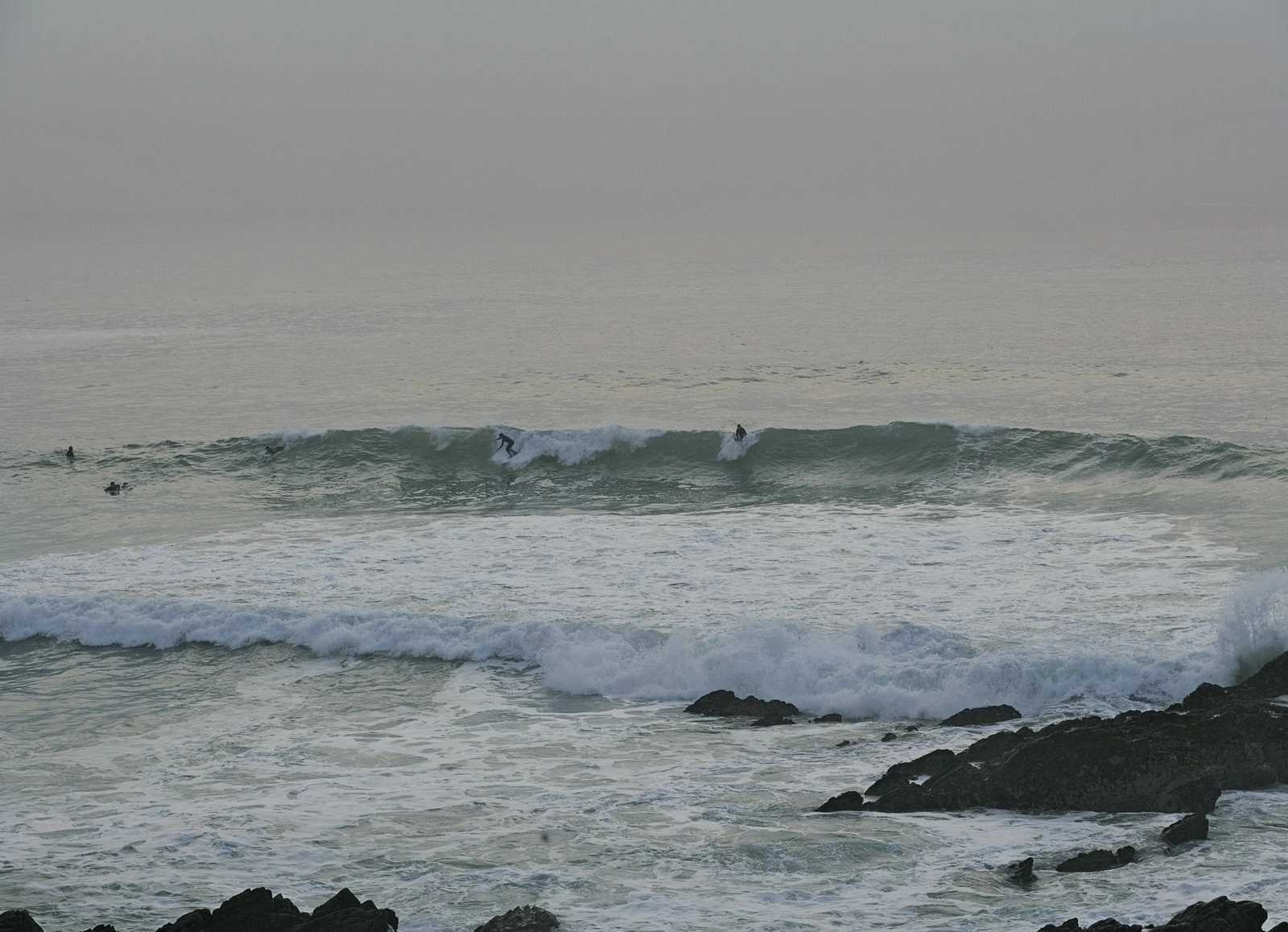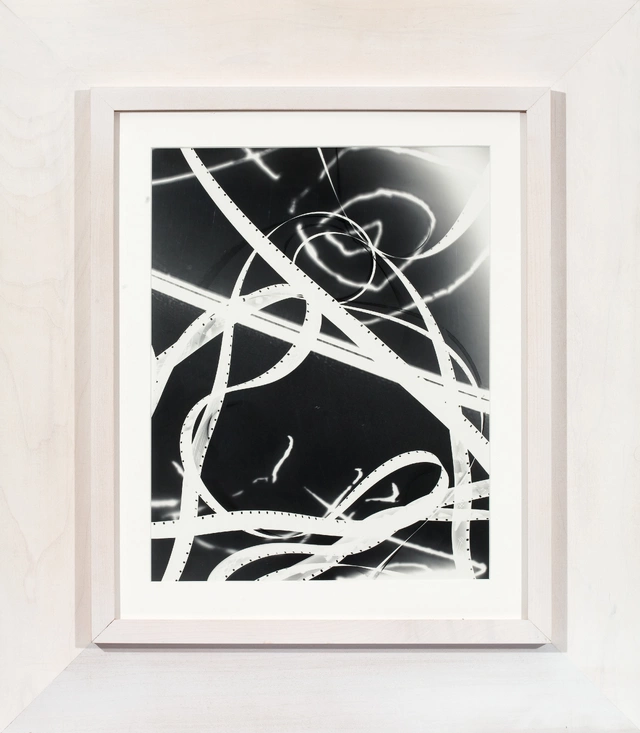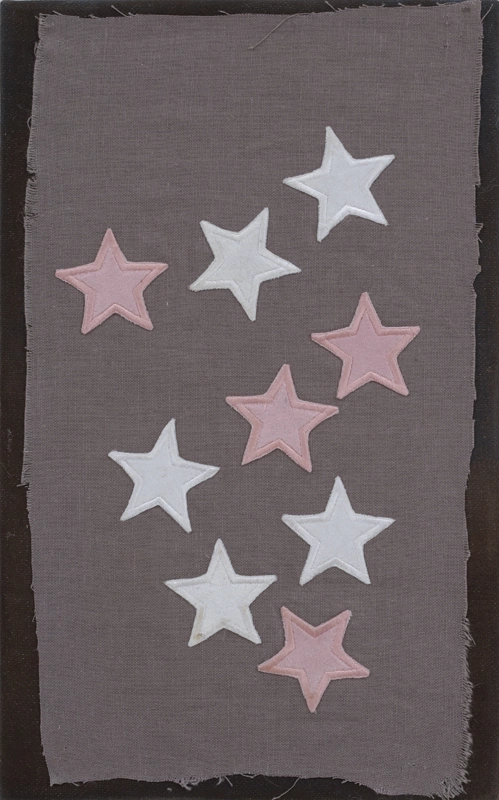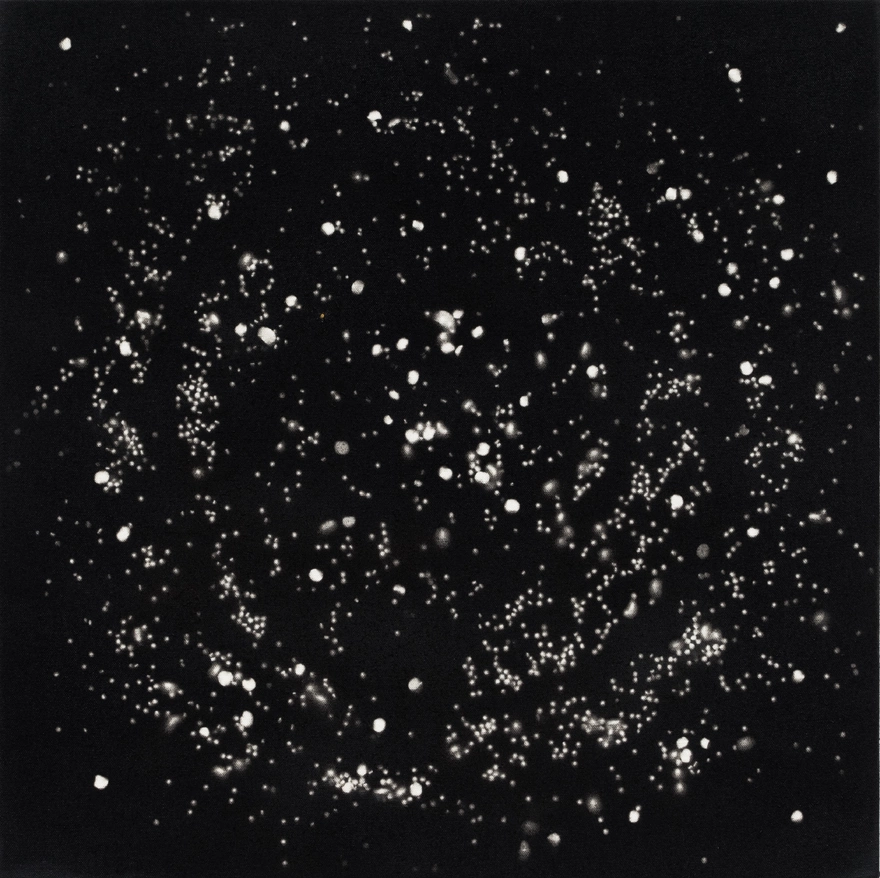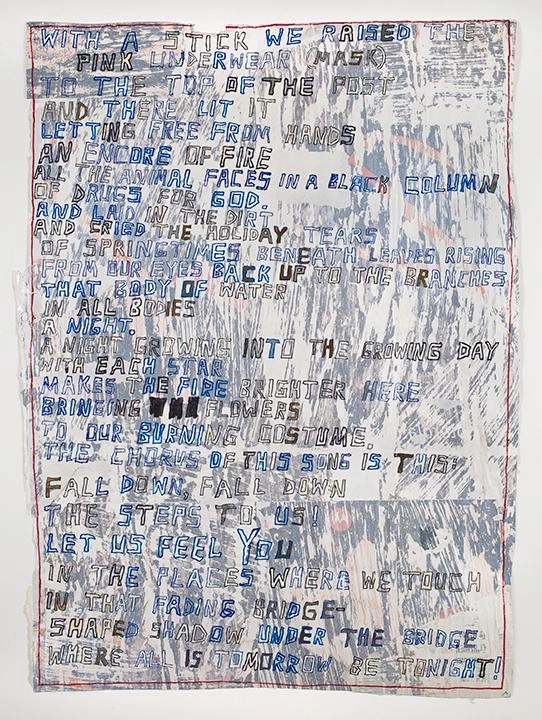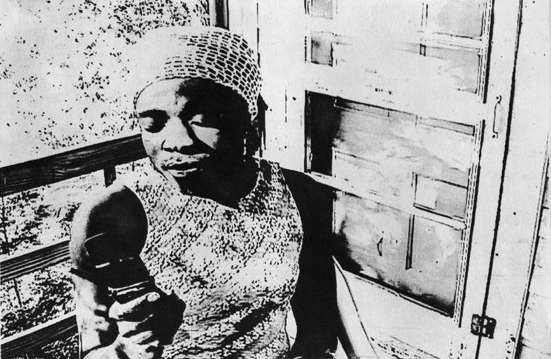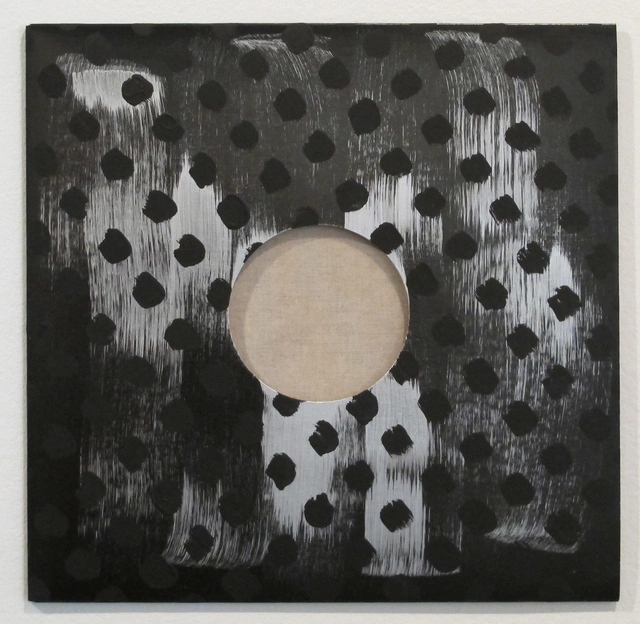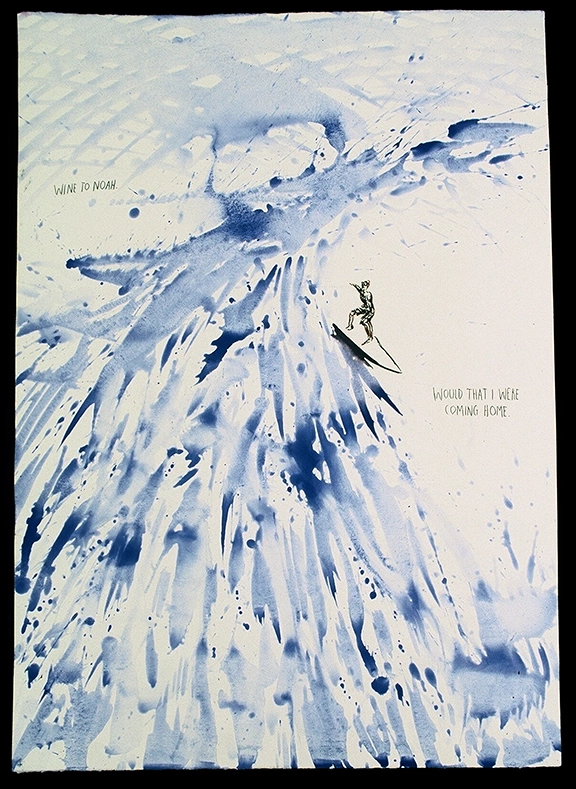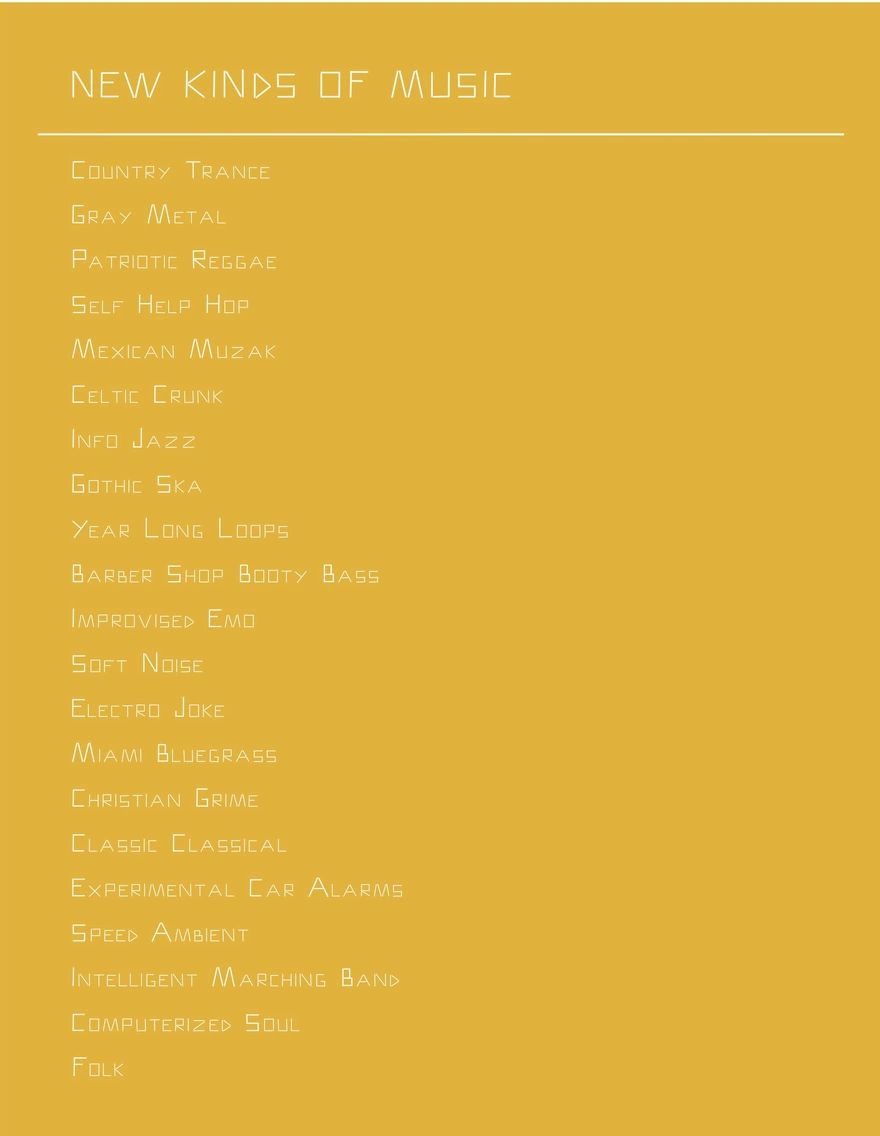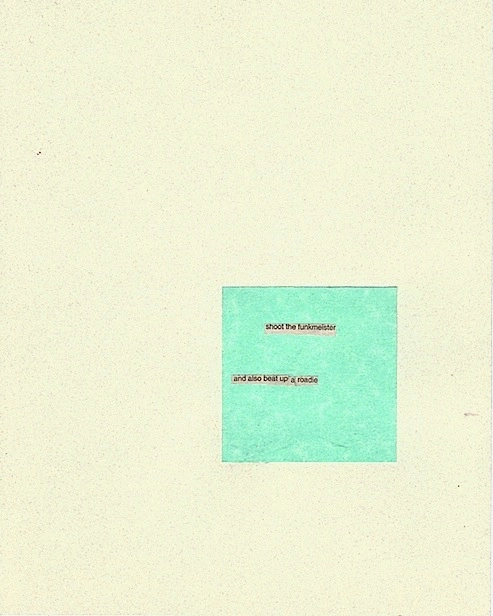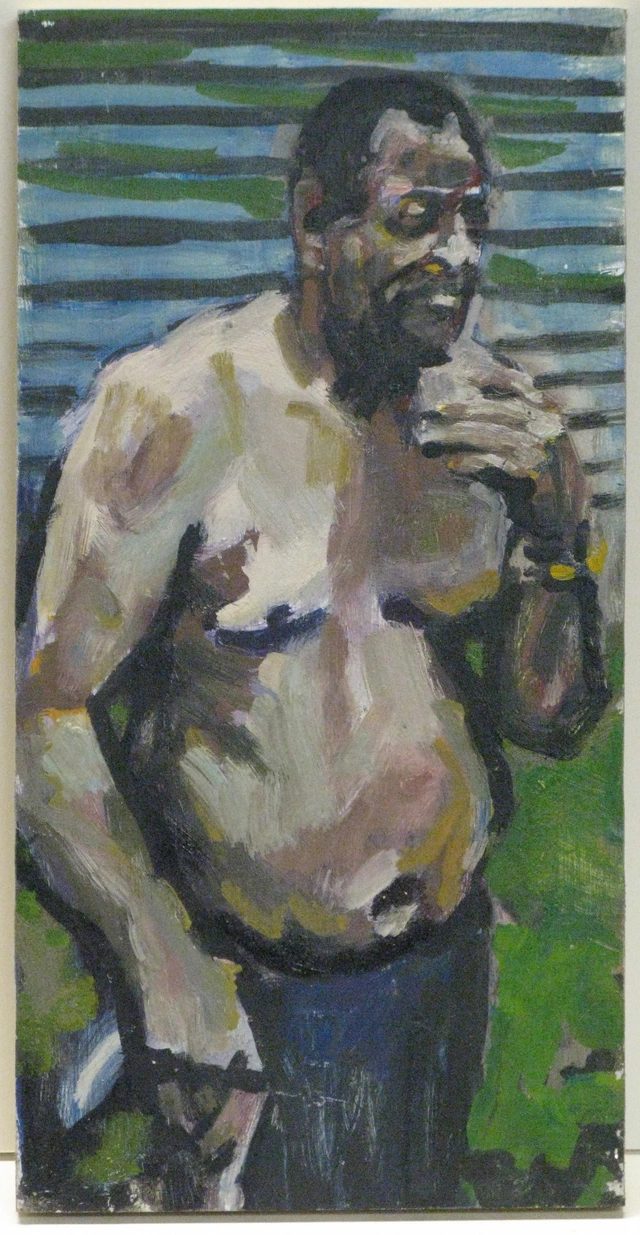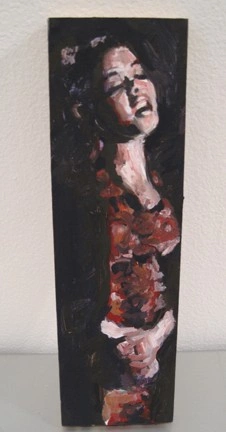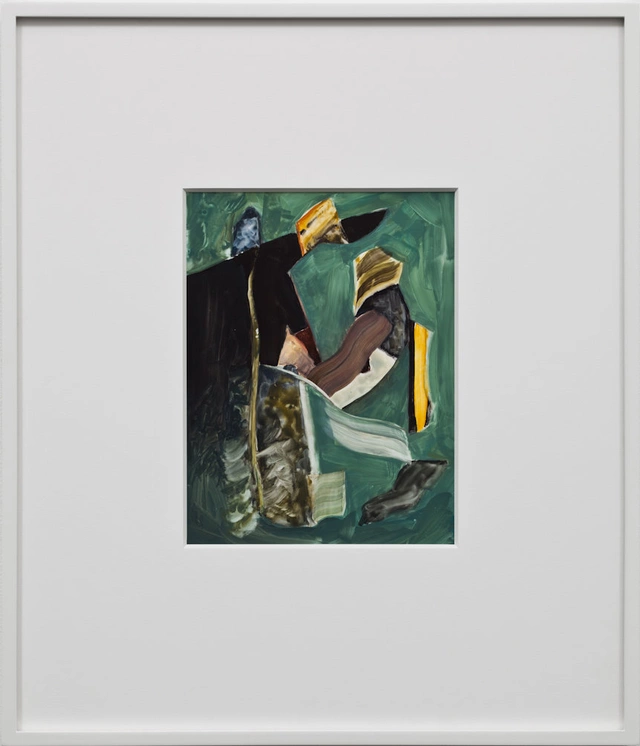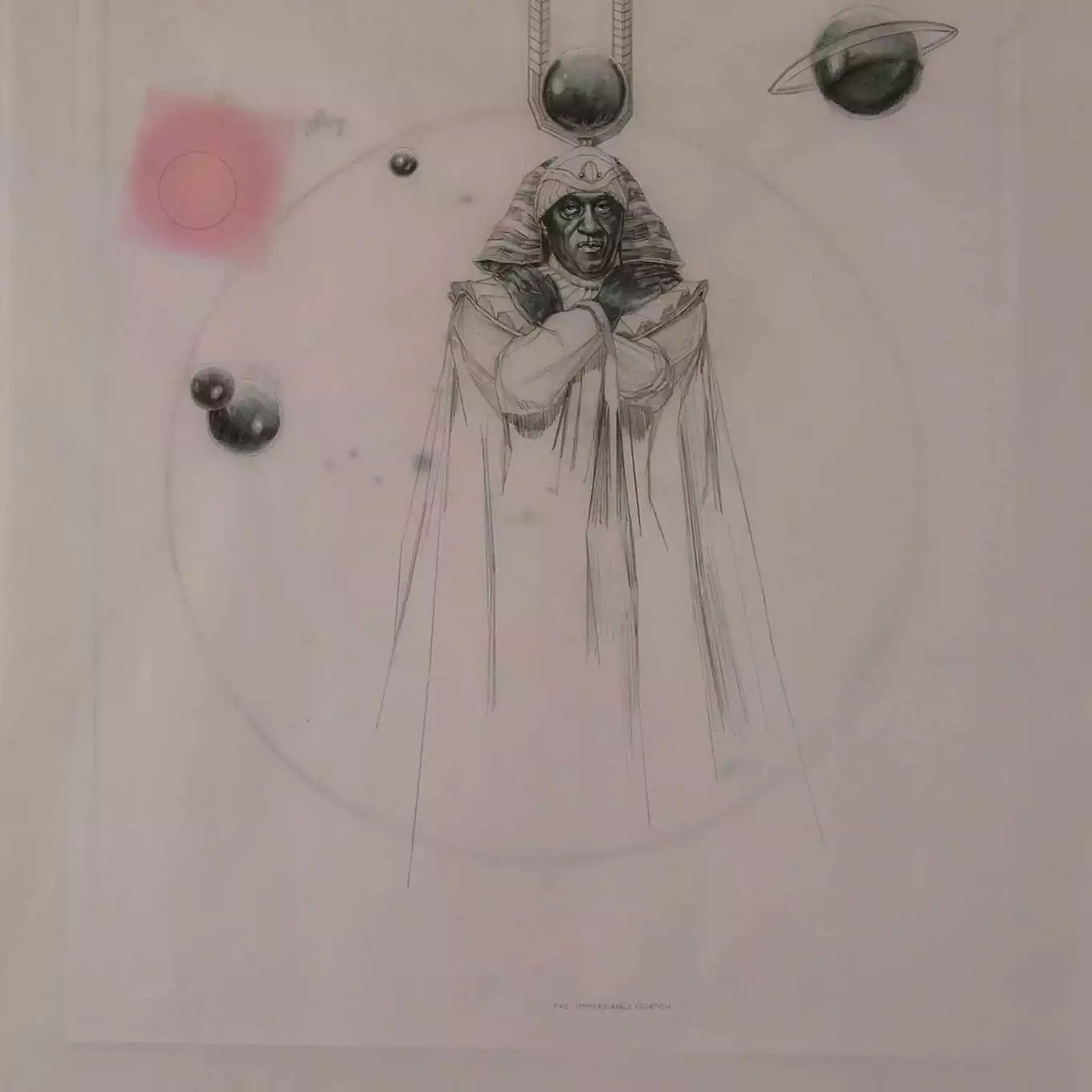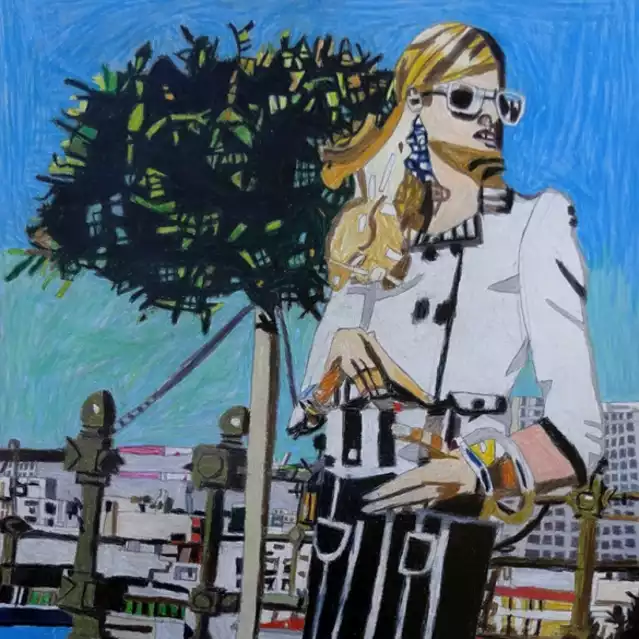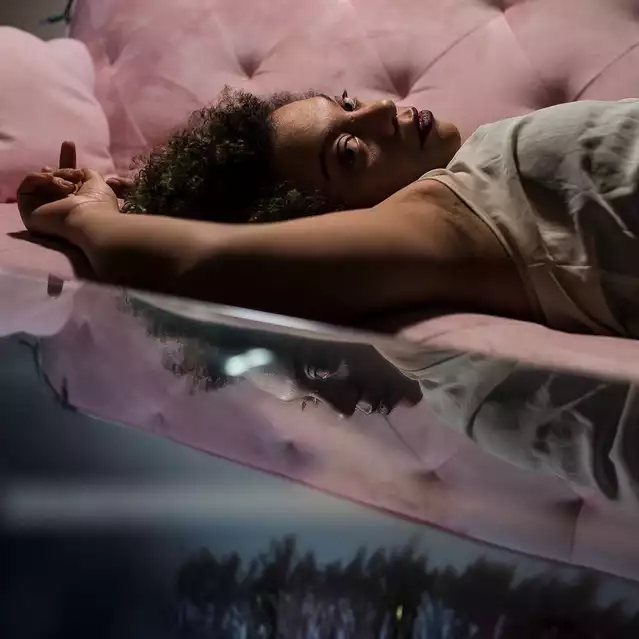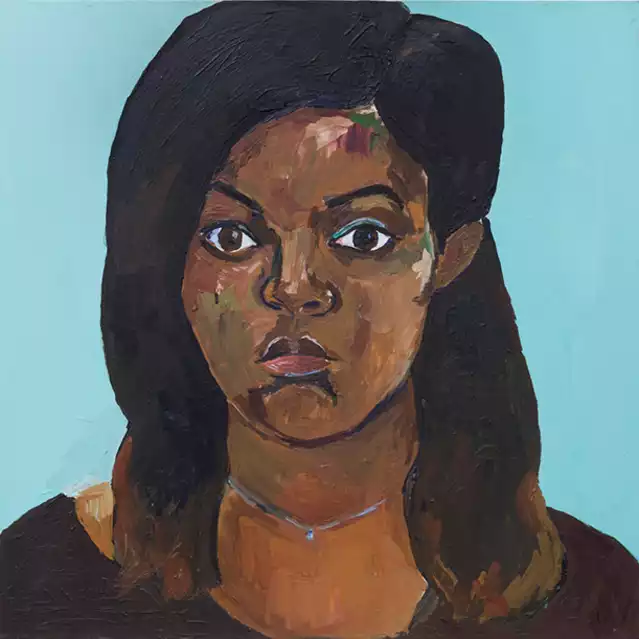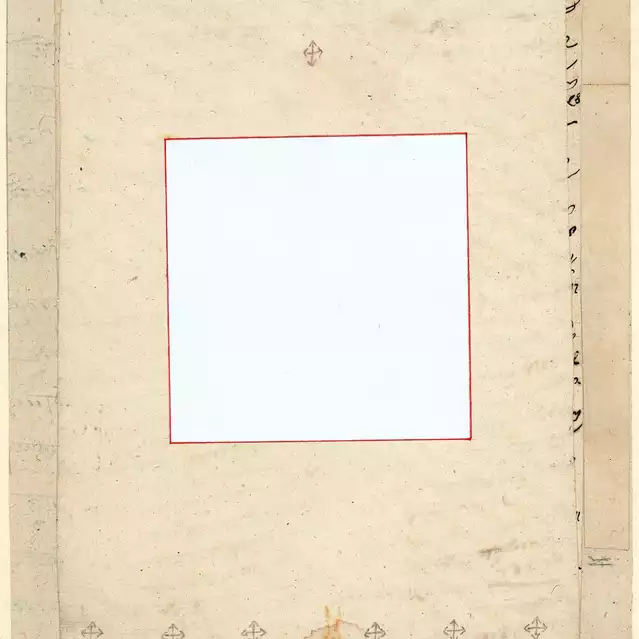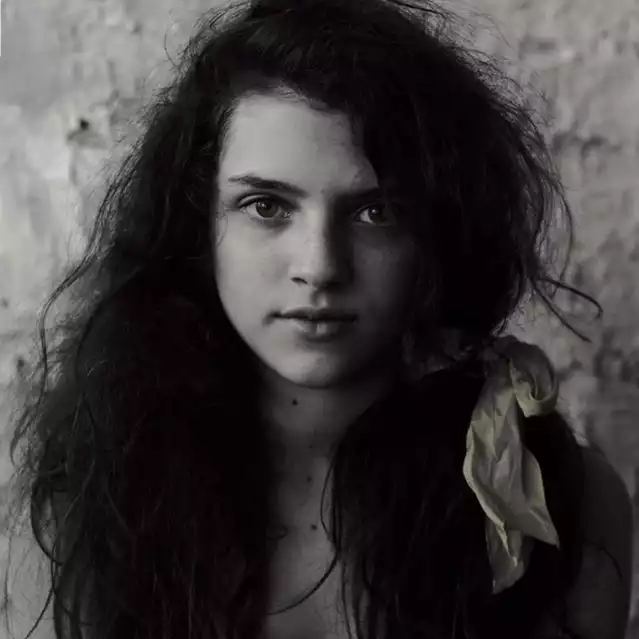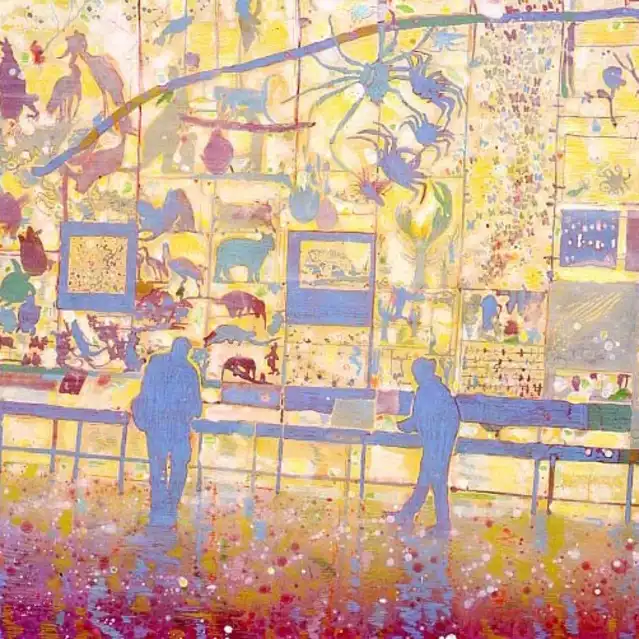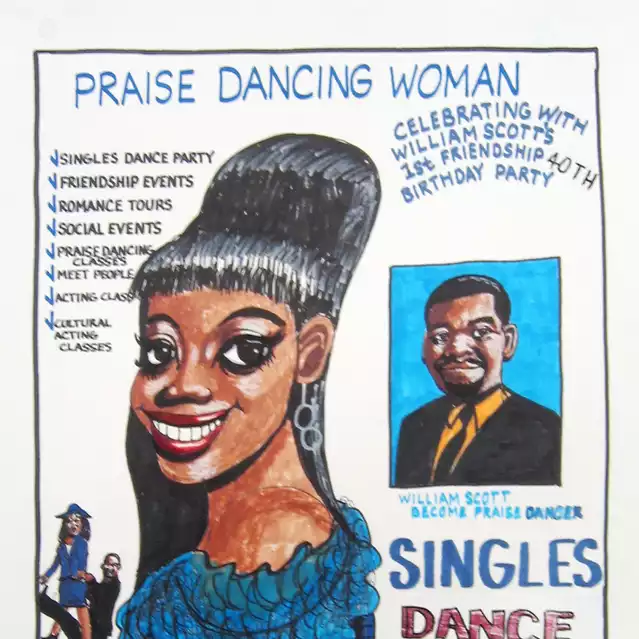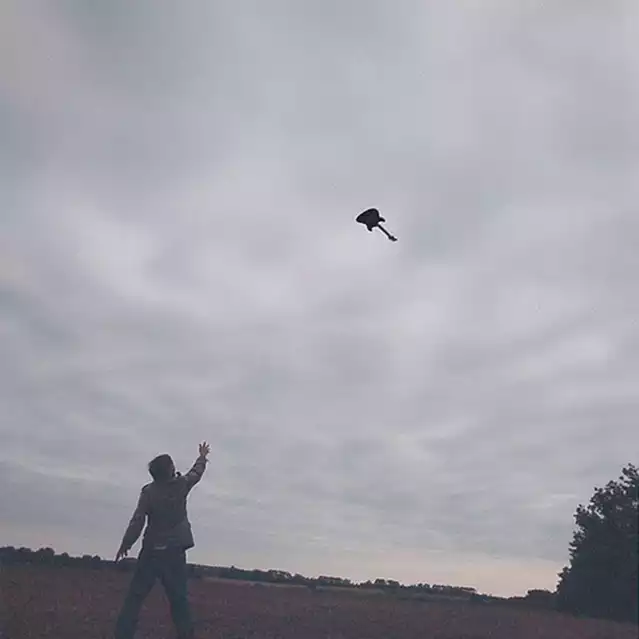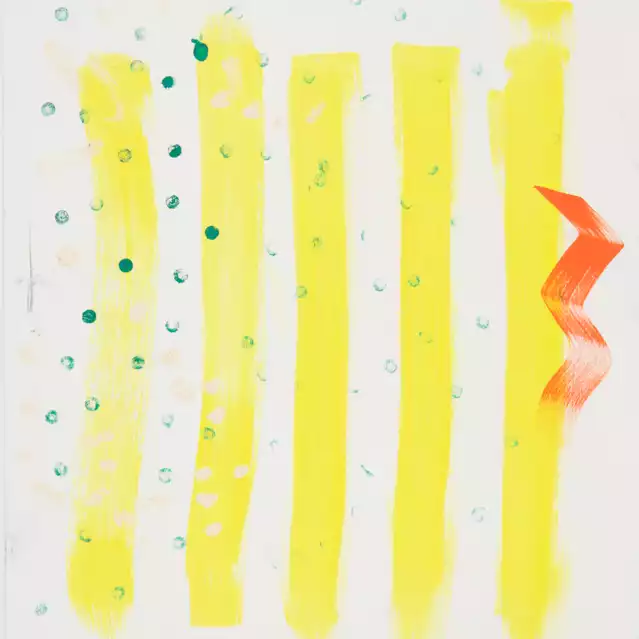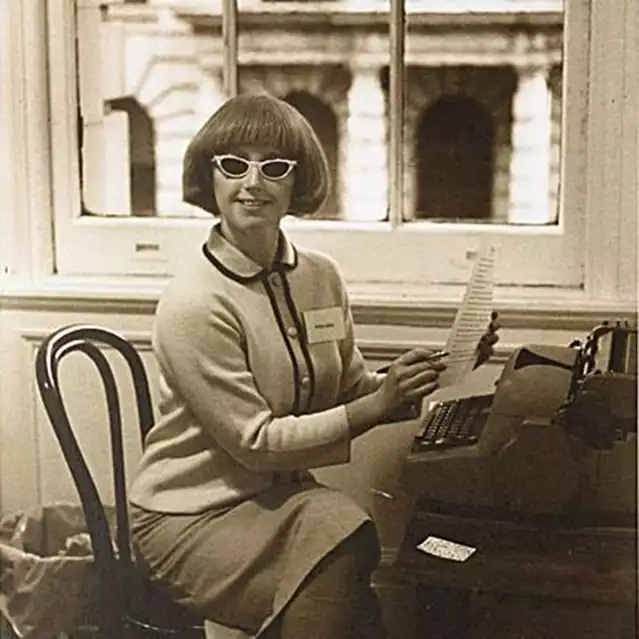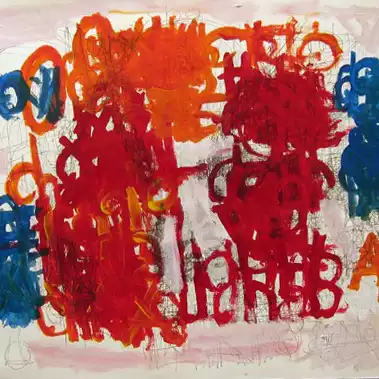Text from curator Kelly Taxter
Night was dark, but the sky was blue,
Down the alley, the ice wagon flew,
Heard a bump, and somebody screamed,
You should’ve heard just what I seen.
You Should’ve Heard Just What I Seen is a series of three exhibitions that each explore the role music plays in the creative process. This second installment focuses on how powerfully music influences the emotions and transports the imagination; how it inspires visual rifts on music and lyrics, materializes emotional highs and lows, and sets the mind and body free to explore pure, abstract form.
You Should’ve Heard Just What I Seen borrows its title from Bo Diddly’s 1956 classic Who do You Love? It’s a song about Hoo Doo , a folk magic borne of the mingling of largely African as well as Native and Latin American traditions. Songs, dances, talismans, potions, and idols are the Hoo Doo practitioner’s tools. With these, he becomes a conduit to the spirit world, summoning heavenly powers to realize goals, needs, healing, or revenge. One wonders what the incantations of Diddly’s verse called upon, riddled with darkly poetic allusions to disenfranchisement, desire, transformation and freedom. The song recounts a hyperbolic tale, wherein a mysterious protagonist witnesses what went “bump in the night.”
This capacity to glimpse that which is otherwise hidden, an extrasensory ability to see, hear, or feel what lies beneath, above, and inbetween, also speaks to the role of the artist. The images and objects the artist makes of what and how she sees the world, in turn guide people and cultures towards a deep and complex understanding of themselves. The artist’s tools are many and varied: pen, paper, paint, canvas, clay, bronze, camera. Less obvious is what drives the creative process. Music, the focus of this exhibition, is an experiential art form, a means to get outside oneself, to move beyond reason towards intuition, free association, and pure emotion. Music straddles many divides: the universal and personal, the group and individual, the exuberant and devastated. Its inherent dualities, contradictions and extremes mirror life itself; ever-changing yet cyclical. Directly or indirectly, on the surface or buried in the content, the influence, history, communicative nimbleness, and the collaborative and improvisatory nature of music binds these artworks together.
Edgar Arceneaux, Rashid Johnson and Berry van Boekel depict and invoke celebrated singers in their work. Arceneaux’s The Immeasurable Equation (2005), features the jazz composer and musician Sun Ra as the largest and central figure in a field of planet-like forms. Ra specialized in free jazz, inflected by his unorthodox belief system which placed Saturn, not God or Heaven, as the center and origin of the universe. Arceneaux’s drawing visually articulates Sun Ra’s space-age theology -the musician as an ancient mystic commanding a galaxy of orbs. Sun Ra appears again in Rashid Johnson’s Love in Outer Space (2009), a small square painting of a star field, which shares its title with a Sun Ra composition. Johnson often weaves the natural sciences with figures and moments from black history, expanding the conversation and context around both areas of study. Personal and collective history is also central to Berry van Boekel’s practice.
Since 1983, the artist has been compiling lists of his top 10 favorite songs, which he updates every couple of days. He has lists upon lists upon lists that chart his shifting and evolving musical tastes since he was 18 years old (he is currently 47). The small paintings included here Billie Holiday (2009) and Untitled (Junior Kimbrough) (2008), are two among thousands of portraits van Boekel has made of musicians who perform his favorite tracks.
Many artists in You Should’ve Heard Just What I Seen are also musicians, and music is either a very serious pursuit or yet another outlet for their creative energy. Often the two forms of expression overlap, as in Anthony Burdin’s Psycho Rain Ride (2002) and Barry Johnston’s Untitled (2008). Burdin’s work represents a set list, a sequence of songs that the artist performed for a live presentation of both his performance and video. A small dog runs through city streets, with snippets of song titles swarming around the page. They form an inky, seemingly rain-soaked field of blue and black letters and lines. Johnston writes songs and poems as well as composes drawings, paintings and sculptures. Untitled is a poem which the artist rendered as a drawing, yet it also feels like a banner. One imagines a celebratory performance that included Untitled as a participatory object, announcing lyrics everyone sang together.
The revelry around music and bands is further and humorously explored in Jeremy Deller’s, Scott Reeder’s and Macrae Semans’ works. Deller’s Attention all DJs (2012) is a sign that also hangs in a bar that holds Northern Soul nights- music derived from Motown but by little known bands who play with a sped up beat. The dancing associated with Northern Soul is exuberant, and often turns aggressive and violent, hence the call for DJs to calm down the crowd. Semans’ Untitled (Funkmeister), (2001) also elicits the picture of a bar brawl. By juxtaposing two sentence fragments that include a roadie and a funkmeister, Semans conjures a slap stick comedy that is more Three Stooges than truly threatening. Scott Reeder’s Three Letter Band Names and New Kinds of Music (2013) feature lists that include silly names like Ape Tux and a musical genre called Experimental Car Alarms. Reeder’s pieces continue the comedy routine by highlighting the arbitrariness and stream of consciousness at play in naming and defining music.
Dirk Bell, Anne Collier and Kalup Linzy take a more melancholy turn, evoking a sense of longing in their pieces which touch on love, loss and lust. Untitled (2006) by Dirk Bell, is an intricately and fantastically drawn image of two faces locked in a kiss. Their heads are comprised of mostly skull instead of skin, suggesting romance as much as morbidity, calling to mind the phrase ‘‘Till death do us part.” In black block type “DESPAIR” runs across the top of a white cassette in Anne Collier’s photograph, Despair (2005). All of the cassette’s brown tape has been pulled out and lies in a tangle across the surface of the image. One feels both the frustration that led to the object’s destruction, as well as hears the sadness contained on the recording strip. Kalup Linzy’s Nina (2005), is a photogravure related to the video Ride to Da Club (2005). Linzy’s piece shows Nina, the main protagonist in the story of two girls having a hard time finding a ride to the dance club. Nina sits on the porch, calling around for leads, dealing with her disgruntled and impatient friend and negotiating a lift from two guys with unsavory intentions.
Peter Doig, Jim Drain, Roe Ethridge, Amy Granat, David Hammons, Matthew Higgs, Alex Hubbard, Sergej Jensen, Alex Olson, Raymond Pettibon and Lesley Vance all have a long history with music and musicians. Vance is an avid music collector, as are Doig and Higgs who also have an encyclopedic knowledge of music history; Olson creates playlists for each group of paintings she makes; Ethridge has shot album covers for Cat Power, Andrew WK and Fischerspooner; in 1977 Pettibon designed the logo and album cover for Black Flag, and has since made a cover for Sonic Youth, numerous band t-shirts and flyers for rock shows; Granat was an original member of Gang Gang Dance and is an accomplished violist; Hammons has incorporated jazz and blues into his work in numerous ways throughout his decades-long career; Jensen plays in several bands such as Sud and Da Group; Drain was a member of the art and music collective Forcefield, and continues to perform and write songs; and Hubbard’s use of audio in his video work is a form of abstract, experimental sound and image composition. Their works seen here in video, photography, painting, and collage speak to the experience of listening to music; how music abstracts reality into a collision of feelings not easily articulated as a set of meanings.
